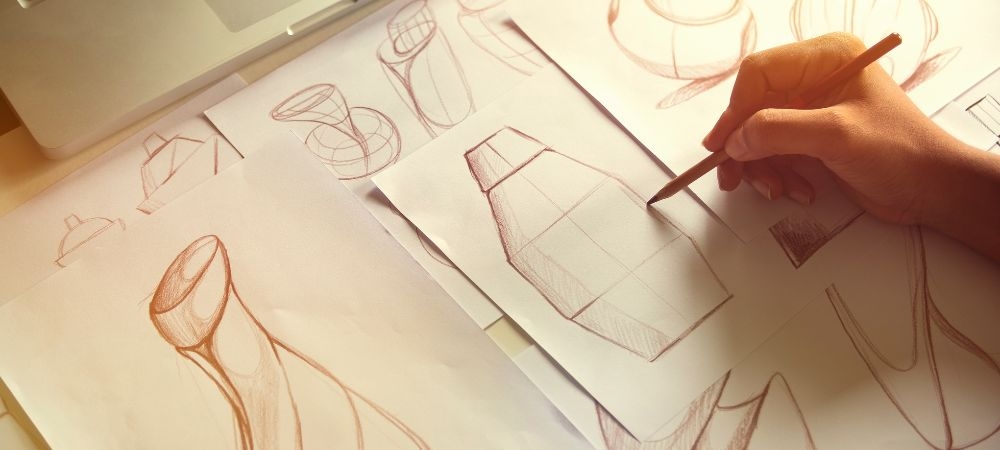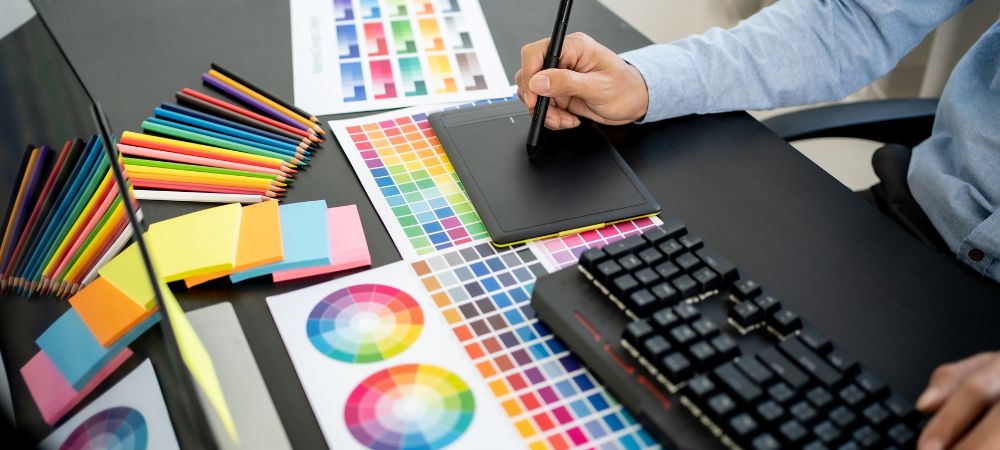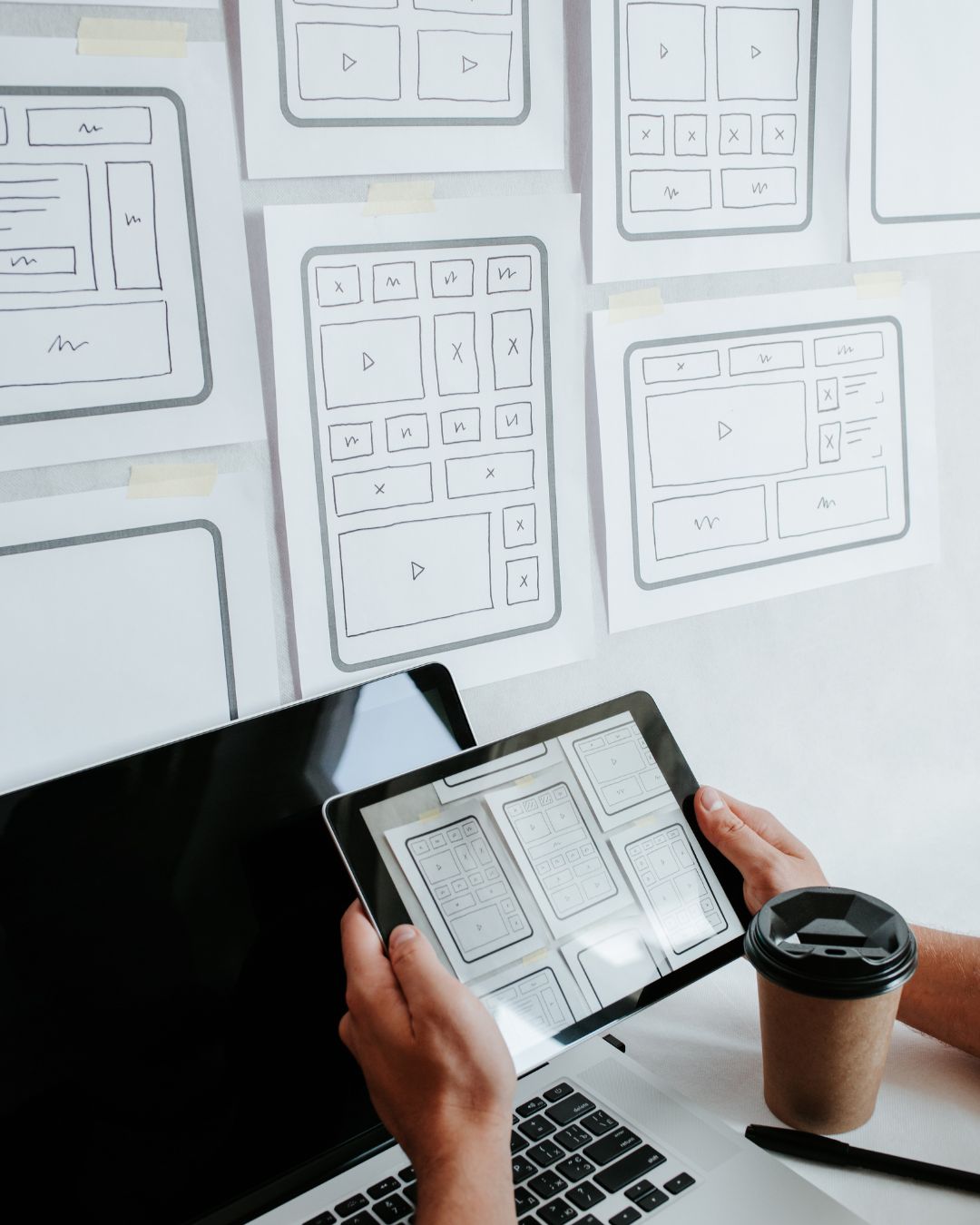

Trend forecasting, oh boy, it's so crucial for designers and brands, you know? It helps 'em stay ahead of the game, catchin' onto what's hot before everyone else does. Without trend forecasting, they'd be like lost puppies in a big ol' fashion world. Access further details click on below. No way they could keep up with all them changes happenin' in the industry.
By predictin' future trends, designers and brands can create products that people actually want to buy. Ain't nobody gonna wanna wear last season's clothes, ya feel me? Trend forecasting gives 'em a sneak peek into what's gonna be popular next, so they can start plannin' and creatin' ahead of time.
Plus, it ain't just about clothes and accessories – trend forecasting also helps with marketin' strategies and brand development. Designers and brands can use this info to target specific audiences and tailor their products to fit current trends. It's like havin' a crystal ball that tells ya exactly what your customers are gonna fall in love with next.
So yeah, trend forecasting is pretty darn important for designers and brands. Without it, they'd be swimmin' against the current instead of ridin' the wave of success. So keep on forecastin', y'all – your future depends on it!
So, when it comes to trend forecasting, there are a variety of methods and tools that can be used to predict what's going to be popular in the future. These techniques ain't just about looking at past data and making guesses - they involve a lot of research and analysis.
One common method is called trend analysis, where experts study patterns in consumer behavior and market trends to make predictions about what might be hot next. Another tool that's often used is called social listening, which involves monitoring social media platforms to see what people are talking about and sharing. This can give clues about upcoming trends before they hit the mainstream.
extra details accessible browse through it. There are also more technical tools like predictive analytics, which use algorithms to forecast future trends based on historical data. And let's not forget about good old-fashioned intuition - sometimes you just gotta trust your gut when it comes to predicting what's going to be big.
Overall, trend forecasting is a complex process that requires a mix of creativity, data analysis, and intuition. By using a combination of methods and tools, experts can get a better idea of what's coming down the pipeline in terms of fashion, technology, or any other industry. It ain't an exact science, but it sure does help businesses stay ahead of the curve.
Typography plays a crucial role in shaping your brand's visual identity.. By employing the right fonts, sizes, and styles in your logo design and branding materials, you can create a strong and memorable impression on your audience.
One tip for using typography to enhance your brand's visual identity is to choose fonts that reflect the personality of your brand.

Posted by on 2024-04-24
When it comes to enhancing your understanding of whitespace and negative space, there ain't no shortage of tools and resources out there to help ya out.. From online tutorials to books on design principles, the information is all at your fingertips.
One thing ya gotta remember when tryna effectively use whitespace and negative space in visual compositions is that less is more.

Posted by on 2024-04-24
Creative design is so important in marketing because, without it, a campaign can easily get lost in the noise of all the other advertisements out there.. Just think about some of the most successful campaigns you've seen - they probably had eye-catching visuals and clever messaging that made you stop and take notice, right?

Posted by on 2024-04-24
Color theory plays a crucial role in creative design by using colors to evoke emotions and convey messages.. Colors have the power to influence how we feel and perceive things, which is why they are such an important aspect of design.
By understanding color theory, designers can create visually appealing designs that effectively communicate their intended message.

Posted by on 2024-04-24
Creating a successful creative design campaign involves a lot of steps, but one of the most important is to monitor and analyze campaign performance.. This helps to see what is working well and what needs improvement.

Posted by on 2024-04-24
So like, current trends in creative design industries are totally like, all about trend forecasting, ya know? It's like, super important to stay ahead of the game and predict what's gonna be popular next. There ain't no room for mistakes in this fast-paced industry!
I mean, who wants to be left behind when everyone else is like, killing it with the latest designs and styles? You gotta keep your finger on the pulse and always be looking to the future. No one wants to be stuck in the past, am I right?
With trend forecasting, you can totally like, anticipate what consumers are gonna want before they even know they want it. It's all about being innovative and thinking outside the box. You gotta push boundaries and take risks if you wanna stand out from the crowd.
So yeah, current trends in creative design industries are all about trend forecasting. Don't get left behind – stay ahead of the curve and keep pushing yourself to create something truly unique and exciting!

When it comes to incorporating trends into design processes, it can be a challenge for many designers. Trend forecasting is an important aspect of staying relevant in the ever-changing world of design. But how do we go about incorporating these trends into our work?
One key strategy is to keep an eye on what's popular in the industry and see how it can be integrated into our own designs. This doesn't mean we have to follow every trend blindly, but rather take inspiration from them and put our own unique spin on things.
Another approach is to look at the bigger picture and think about how trends will evolve over time. By anticipating where things are headed, we can stay ahead of the curve and create designs that will stand the test of time.
Of course, it's also important to trust our instincts as designers and not rely solely on what's trendy at the moment. Sometimes taking risks and going against the grain can lead to groundbreaking innovations that set us apart from the rest.
In conclusion, incorporating trends into design processes requires a delicate balance of following industry cues while also trusting our own creative instincts. By staying flexible, open-minded, and forward-thinking, we can create designs that are both current and timeless.
Trend forecasting is a crucial aspect of design, ain't it? There are plenty of case studies out there that show just how impactful successful trend forecasting can be. By identifying upcoming trends in fashion, interior design, graphic design, and more, designers can stay ahead of the curve and create innovative and appealing products.
One example of successful trend forecasting in design is the rise of sustainable fashion. Designers who were able to predict the growing demand for eco-friendly clothing were able to capitalize on this trend by creating stylish and environmentally conscious garments. This not only helped these designers stand out in a crowded market but also contributed to a larger movement towards sustainability in the fashion industry.
Another example is the use of bold colors and geometric patterns in interior design. By recognizing the shift towards maximalist aesthetics, designers were able to create spaces that were vibrant and eye-catching. This trend has since become popular in both residential and commercial settings, showing just how influential trend forecasting can be.
In conclusion, successful trend forecasting in design can lead to innovative and successful outcomes for designers. By staying ahead of emerging trends and understanding consumer preferences, designers can create products that resonate with their target audience. So next time you're working on a design project, don't forget to consider the power of trend forecasting!

Forecasting trends in creative design can be a difficult task, ain't it? There are many challenges and limitations that designers face when trying to predict what will be popular in the future. One major challenge is the constant change and evolution of trends in the design industry. Trends can come and go quickly, making it hard for designers to keep up with what's hot and what's not.
Another limitation is the subjective nature of trend forecasting. What one designer may see as a trend, another may not agree with. This can lead to discrepancies in predictions and make it hard for designers to accurately forecast what will be popular in the future.
Additionally, there is also the issue of limited data available for trend forecasting. Designers often have to rely on past trends and their own intuition when making predictions about future trends. This lack of concrete data can make it challenging to accurately predict what will be popular in the future.
Despite these challenges and limitations, trend forecasting remains an important tool for designers looking to stay ahead of the curve in the ever-changing world of creative design. By staying informed, keeping an open mind, and trusting their instincts, designers can overcome these obstacles and create innovative designs that stand out from the rest.